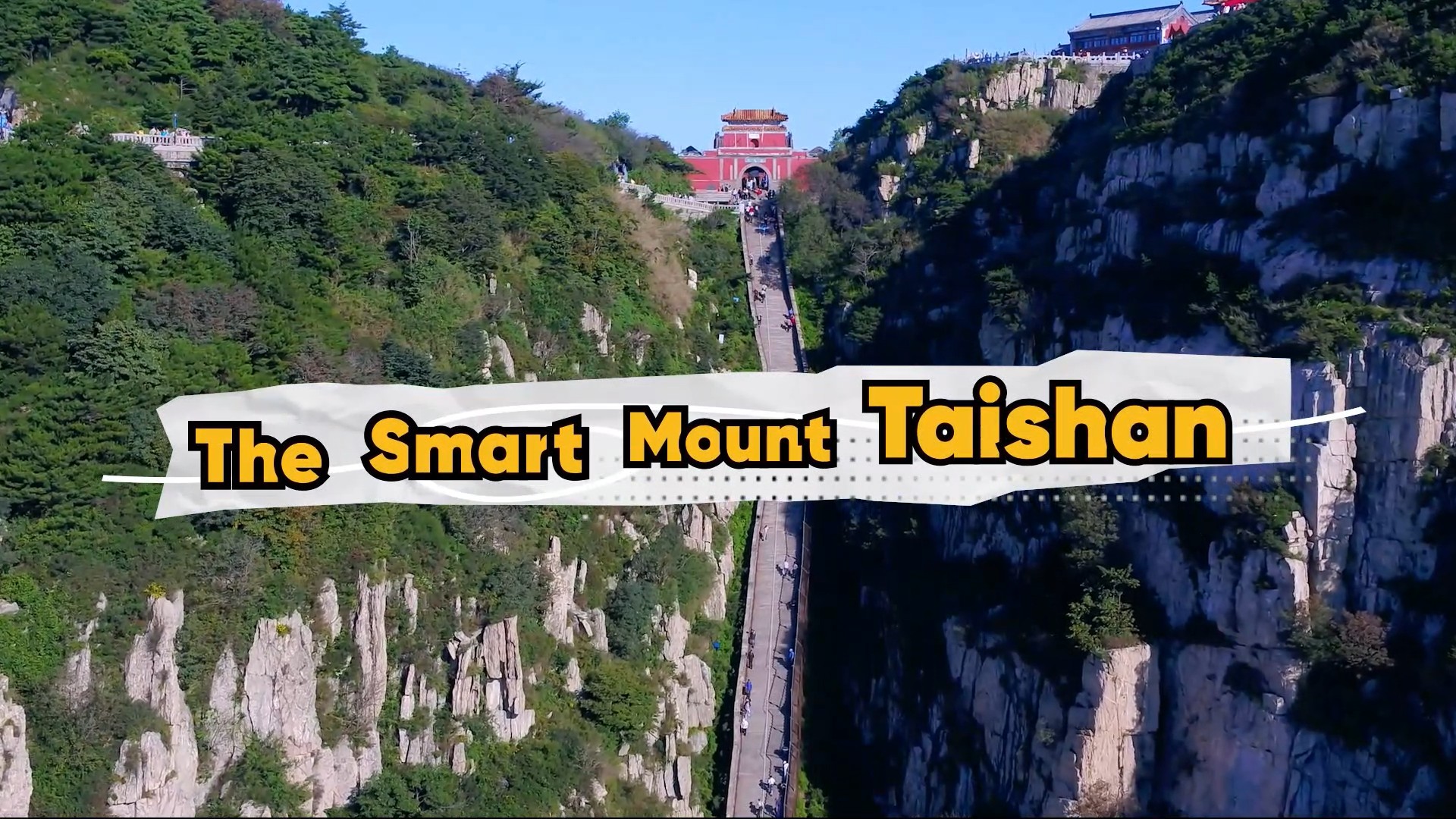Today's tourists, after all, expect fast, digital services such as mobile shopping and ride-sharing. They want quick entry, real-time information, and personalized experiences—all while maintaining the highest tourism safety standards.
The traditional approach of simply adding more staff during peak periods is no longer sufficient. What's needed is a transformation in how tourist destinations operate, using intelligent technologies to create smarter, and more responsive systems while enhancing both visitor satisfaction and operational efficiency.
The AIoT transformation: smart solutions for modern tourism
Artificial Intelligence of Things (AIoT) represents the convergence of AI capabilities with Internet of Things connectivity, creating intelligent systems that can learn, adapt, and respond autonomously. For tourism destinations, this technology offers great opportunities to solve longstanding operational challenges and deliver comprehensive smart tourism solutions.
A great example of AIoT in action, No-Queue Contactless Passage Systems allow seamless entry to an attraction without physical contact or manual processing. They support multiple verification methods—from digital tickets and mobile QR codes to biometric identification—ensuring that visitors can enter quickly regardless of their booking methods. The intelligence of these solutions extends to handling special cases, such as student discounts or group bookings, automatically applying appropriate access permissions in real time.
Crowd Management Systems, meanwhile, use AI-powered cameras and sensors to monitor visitor numbers in real time, and create heat maps showing which areas are too crowded. Such systems don't just collect data—they analyze patterns, predict congestion before it occurs, and automatically alert management teams when intervention is needed. This proactive approach allows staff to guide visitors to less crowded areas, implement temporary flow controls, or open alternative routes before problems escalate.
AIoT can also address one of the most critical tourism security concerns for natural and heritage sites. Thermal Imaging Fire Prevention Systems use thermal cameras to spot fire risks even at night or in bad weather, providing protection around the clock. When integrated with AI analytics, these systems can distinguish between normal temperature variations and genuine fire threats, dramatically reducing false alarms while ensuring rapid response to real emergencies. This protects both visitors and natural areas.
A smart case in point: Mount Taishan's digital transformation
When technologies such as these work together, they transform reactive tourist attraction management into proactive, predictive operations. The result is enhanced visitor experiences, improved tourism safety and more efficient resource utilization.
A case in point is Mount Taishan, one of China's most revered cultural and natural heritage sites, which welcomes over 50,000 visitors every day during peak times. To cope with these numbers, it has adopted comprehensive smart tourism solutions that improve every step of the visitor journey.
The transformation begins with the entry experience, creating China's first fully ticket-free scenic area. Students can enter in just 3 seconds using just their digital identity, and people without ID cards can use QR codes for quick access.
